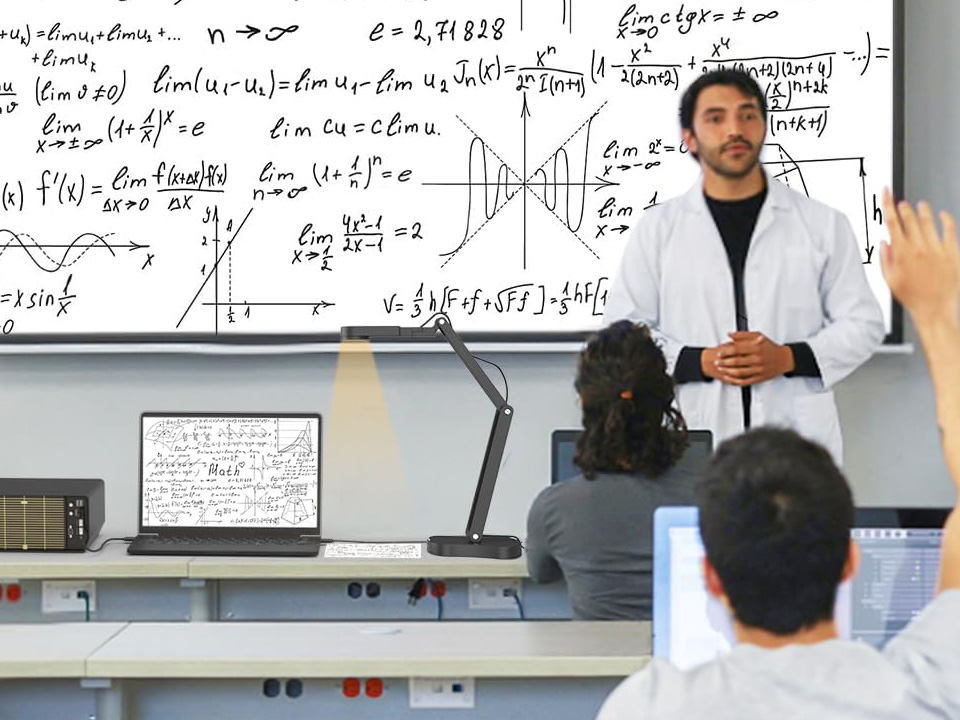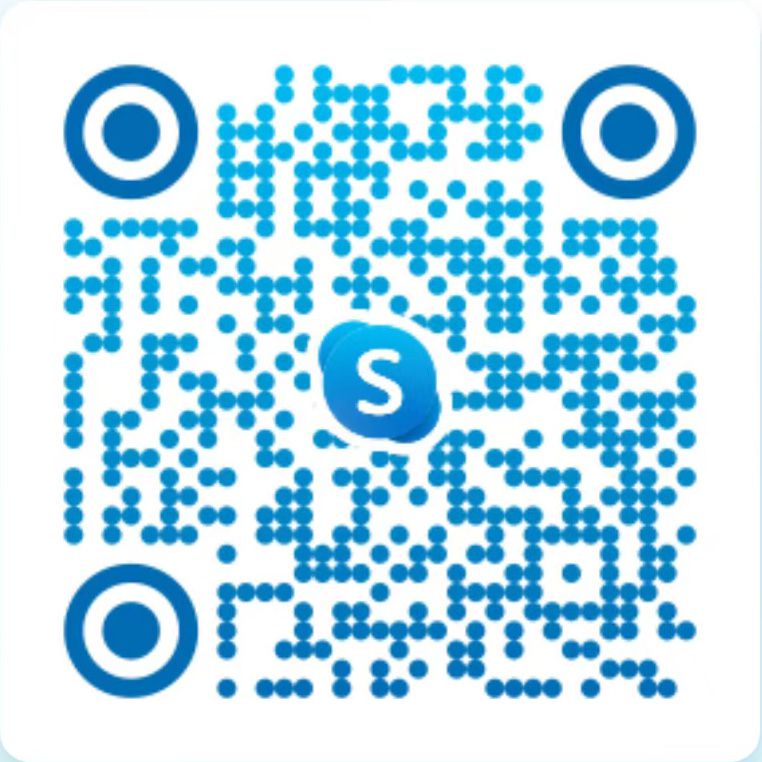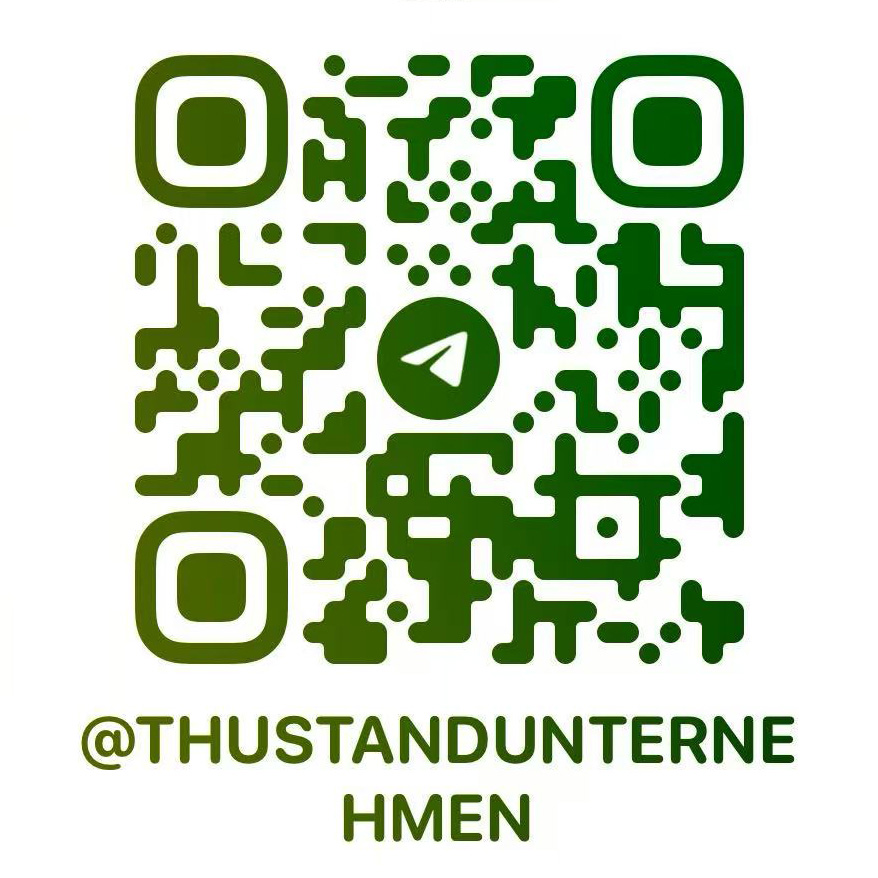education
Revolutionizing Teaching: The Power of USB Document Cameras with Auto Focus
Understanding USB Document Cameras
Introduction:
In the rapidly evolving landscape of education, technological advancements continue to play a pivotal role in enhancing teaching methodologies. One such innovation that has gained significant traction in recent years is the USB document camera with auto focus. This article explores the transformative impact of these cutting-edge devices on modern teaching practices, highlighting their features, benefits, applications in educational settings.
Section 1: Understanding USB Document Cameras
Definition Functionality: Introduce readers to USB document cameras, explaining their purpose how they facilitate the projection of documents, images, three-dimensional s onto a screen interactive whiteboard.
Evolution of Document Cameras: Trace the evolution of document cameras from traditional overhead projectors to modern USB-powered devices, emphasizing the technological advancements that have enabled greater versatility functionality.
Key Components Features: Highlight the key components features of USB document cameras, including resolution, auto focus capabilities, connectivity options, compatibility with various operating systems.
Section 2: Benefits of Auto Focus Technology
Improved Image Clarity: Discuss how auto focus technology enhances image clarity sharpness, ensuring that text visuals displayed through the document camera are crisp easy to read.
Seamless Transition Between Documents: Explain how auto focus functionality allows educators to seamlessly transition between different documents s without the need for manual adjustments, saving time streamlining teaching workflows.
Enhanced Accessibility: Explore how auto focus technology makes educational content more accessible to students with visual impairments learning disabilities, as it ensures that materials are displayed clearly accurately.
Section 3: Applications in Teaching Learning
Visual Presentations: Describe how USB document cameras are used to enhance visual presentations in the classroom, enabling educators to display worksheets, diagrams, multimedia content with ease.
Interactive Demonstrations: Highlight the role of document cameras in facilitating interactive demonstrations, such as science experiments, art projects, hands-on learning activities, by providing a live feed of real-time actions manipulations.
Distance Learning: Discuss the importance of USB document cameras in distance learning environments, where educators rely on remote teaching tools to engage with students virtually share instructional materials in real time.
Section 4: Best Practices for Integration
Classroom Setup Positioning: Offer recommendations for optimal placement of USB document cameras within the classroom environment, ensuring that they are positioned for maximum visibility functionality.
Training Professional D opment: Emphasize the importance of training professional d opment initiatives to support educators in effectively integrating USB document cameras into their teaching practice, providing guidance on how to leverage the technology to its full potential.
Collaboration Sharing: Encourage collaboration among educators to share best practices innovative teaching strategies for incorporating USB document cameras into lesson plans curriculum d opment.
Conclusion:
As technology continues to reshape the landscape of education, USB document cameras with auto focus represent a powerful tool for enhancing teaching learning experiences. By providing educators with the ability to display high-quality visuals interactive demonstrations, these devices empower them to engage students in dynamic immersive learning experiences, regardless of physical geographical barriers. As the adoption of digital teaching tools continues to grow, USB document cameras are poised to play an increasingly integral role in shaping the future of education.



